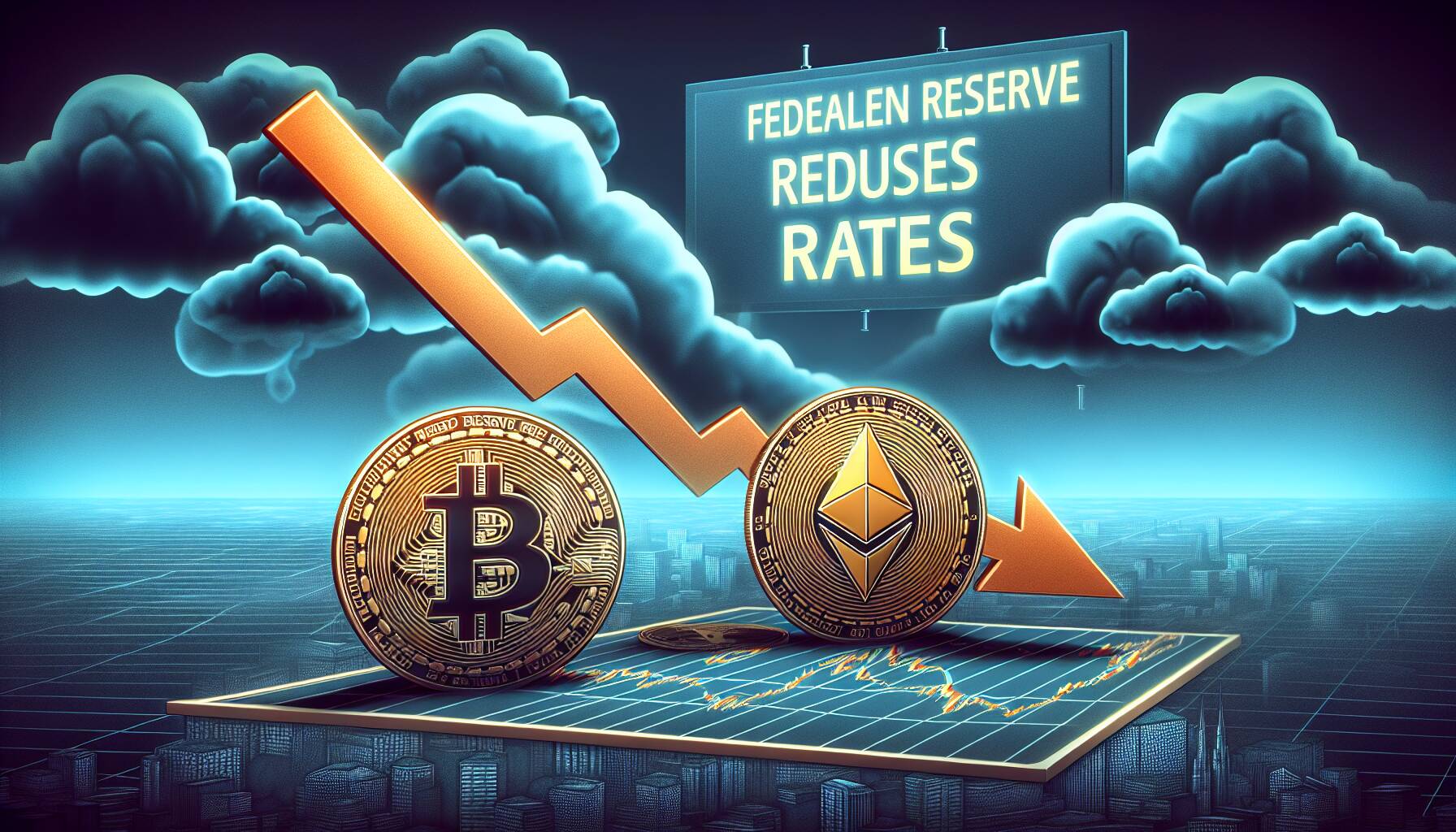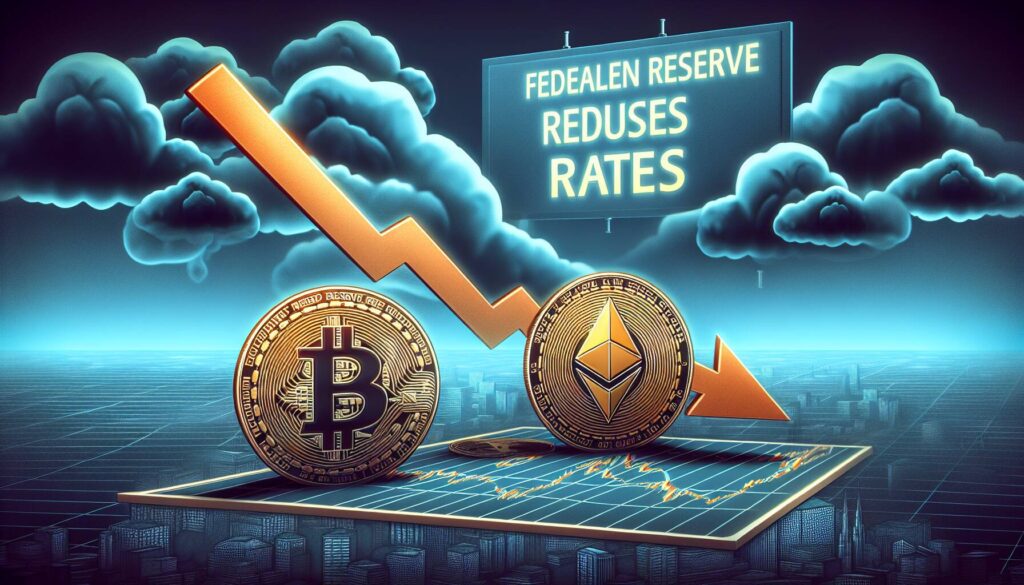The cryptocurrency market faced a notable downturn as Bitcoin and Ethereum experienced sharp declines following the Federal Reserve’s recent rate cut announcement. Investors were hopeful that a reduction in interest rates might boost the crypto market, but the reality proved to be different. Jerome Powell’s comments brought a wave of uncertainty, as he stated that additional rate cuts are “not a forgone conclusion,” leaving traders on edge.
“The Fed’s stance on interest rates plays a crucial role in shaping the overall market sentiment, especially for volatile assets like Bitcoin and Ethereum,” an expert noted.
This unexpected shift has sparked discussions among crypto enthusiasts regarding the future of these digital currencies in an ever-changing economic landscape. The latest fluctuations highlight the intricate connection between traditional finance and the world of cryptocurrencies.

Impact of Fed Rate Cuts on Cryptocurrency Markets
Key points regarding the recent developments in cryptocurrency markets following the Federal Reserve’s decision to cut interest rates:
- Bitcoin and Ethereum Prices Decline:
The immediate aftermath of the Fed’s rate cut saw significant drops in the values of Bitcoin and Ethereum, indicating market volatility.
- Federal Reserve’s Stance:
Chairman Jerome Powell’s comments highlighted that further rate cuts are not guaranteed, which could lead to fluctuating market expectations.
- Investor Sentiment:
The uncertainty expressed by the Fed may increase caution among investors in the cryptocurrency market.
- Broader Economic Implications:
Changes in interest rates can impact overall investment strategies, possibly influencing how investors allocate their capital between cryptocurrencies and traditional assets.
“The evolving monetary policy environment could challenge or support cryptocurrencies, reflecting in their market performance.”
Market Reactions to Federal Rate Cuts: Bitcoin and Ethereum’s Uncertain Future
The recent decline in Bitcoin and Ethereum values following the Federal Reserve’s rate cuts presents a compelling case for understanding the volatile nature of cryptocurrencies in relation to macroeconomic policies. With Powell highlighting that further rate cuts aren’t guaranteed, investors are left navigating a landscape riddled with uncertainty. This situation mirrors previous market responses where shifts in Federal policy have triggered notable turbulence in digital currencies.
Comparatively, other cryptocurrencies like Solana and Cardano may find themselves at a competitive advantage during this turbulent period. While Bitcoin and Ethereum experience downward pressure due to rate cuts, these alternative assets could attract investors seeking higher potential returns amid uncertainty, particularly those looking for diversification. Such scenarios can create problems for traditional crypto holders as market confidence wavers and shifts towards emerging tokens.
On the downside, the established giants like Bitcoin and Ethereum may face challenges retaining investor interest against the backdrop of regulatory scrutiny and shifting economic conditions. Furthermore, the dampening effect on investor sentiment can have a cascading impact on overall market health, causing ripple effects that affect smaller coins as well. Those investing in more volatile cryptocurrencies might benefit from opportunities that arise when major coins are down, yet they also risk increased exposure to losses should the market undergo significant downward corrections.
The implications of these economic indicators are profound. Investors who thrive on algorithm-driven trading systems or short-term speculation might find new openings during this downturn. Conversely, long-term investors committed to holding Bitcoin and Ethereum could face a rocky road ahead, questioning the viability of their investment strategies in light of evolving economic forecasts. As such, individuals looking to navigate this landscape should remain wary of the economic climate’s direct influence on their crypto investments.














